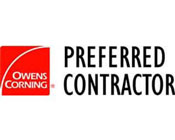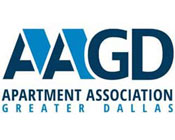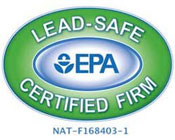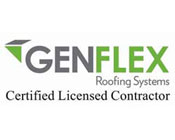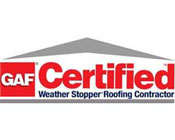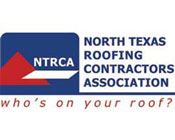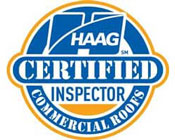Keeping track of storm damage is of major importance when you want your roof to withstand as much as possible with as little volume of work as necessary to minimize your expenses. When it comes to commercial roofing systems, however, the same principles that apply to sloped roofs such as asphalt shingle or slate roofing systems will no longer be valid.
The structure of a commercial roof is very different from that of a sloped roofing system. You don’t have the same intricate decking and underlayment system, and the exterior of the roof no longer has to be designed to support a sloped structure. Instead, it’s mainly just a horizontal structure featuring layers of membranes built from various materials.
The materials will differ depending on whether you own a bitumen, EPDM or one of the several energy-efficient commercial roofing platforms out there (green roofing, metal, solar panel roofs etc). The top layers are typically designed using thinner, waterproof or water-resistant coating, and it’ll be the first to go when your roof is severely damaged.
Puncture marks from hail, pooling and uneven areas where the volume of trapped water has altered the basic structure of your roof are some of the main signs of storm damage to look for. If you discover them, or if you start noticing your ceiling and walls leaking, then contact your local Dallas commercial roofers immediately.



